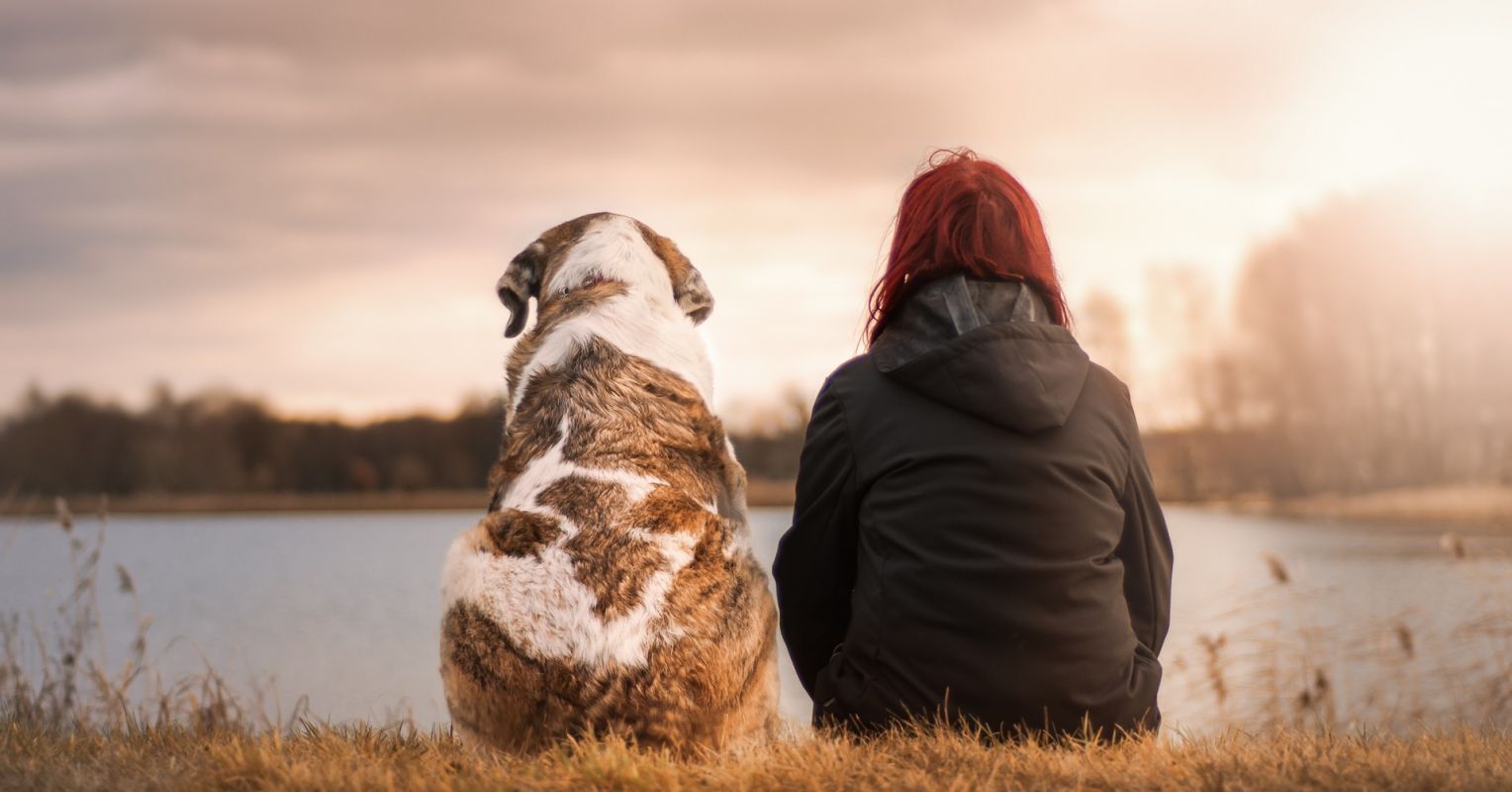
Anxiety can make us feel victimized and powerless as it can attack and overwhelm us at the most inopportune moments. We perceive anxiety as an uncontrollable force or a mean-spirited tormentor from which we need to escape. And even if we happen to wake up without anxiety, we immediately worry about when the emotion will raise its ugly head again. Unfortunately, being afraid of our anxiety tends to worsen the condition. This so-called anxiety sensitivity is one of the risk factors for developing chronic anxiety, which often results in avoidant behavior that makes our lives smaller and prevents us from seeking professional support.
Thus, one of the first steps to overcoming anxiety is to change our perception of it. Considering that anxiety is often rooted in childhood, one approach is to view the inner child as the source of anxiety. A recent study demonstrated the effectiveness of attending to the inner child in treating chronic anxiety and depression. However, it isn’t easy for some to relate to a younger version of themselves due to the lack of or overwhelmingly traumatic memories of the early years.
This is where the loyal dog analogy can come in handy. When we embrace anxiety as a part of us that fundamentally has our best interest at heart, we are more likely to commit to treatment options with greater ease and empowerment.
So what exactly do anxiety and our Fido have in common?
Both want to protect us.
Anxiety is a natural emotion preserved throughout evolution to keep us safe. This is why we don’t want to abolish our ability to feel anxious but instead learn how to interpret and respond to this feeling calmly. Like when our dog is barking or growling, anxiety may feel annoying or scary, but its intention is not to harm us but to ensure we are OK. Rather than viewing anxiety as an enemy we need to battle or avoid, we can remind ourselves that its purpose is to protect us from danger.
Both frequently set off false alarms.
Anxiety is an inner alarm signal, a little red warning light that gives us a heads-up if we need to be aware of something. However, similar to a pup that raises havoc every time the postman drops off the mail, our inner warning system often becomes too sensitive and is set off by the slightest triggers, even if they don’t pose any threat. We might interpret a frown on our boss’s forehead as a sign that we’re one step away from being fired. Or we may believe our spouse’s purchase of a new pair of sunglasses means we are doomed to financial ruin. Similar to a rescue dog that has been mistreated and, whenever there is a loud noise, barks or cowers in the corner with its tail between its legs, our anxiety will be more on alert if we have been dealing with traumatic events in the past.
They both need us to be in charge—with boundaries and guidance.
Dog trainers know that barking is a dog’s call to the leader of the pack to check out what it has detected and then make an executive decision on how to handle the situation. If we shout, “No, don’t bark,” or “Stop this,” it sounds to Rex as if we are barking as well, thus corroborating its alert. A more appropriate response would be to make sure that it is just a false alarm, such as a car pulling up next door, and then to reassure the pup with something like “Good job, but everything is OK,” while giving it a gentle pat. Since the dog asked the alpha, us, to provide instructions on how to handle the situation, it feels now at ease and can go back to his other two favorite things to do—eating and taking a nap. Similar to a dog, the protective aspects of our mind require boundaries and guidance to learn and change, which are the foundations of cognitive-behavioral therapy or other evidence-based approaches.
They both can become our best friends.
Maybe this is the most important aspect that our puppy and anxiety have in common. Like a guide dog, anxiety can keep us on track and make us aware of the potential daily pitfalls that can get us out of balance. Anxiety can alert us when we put too much pressure on ourselves, take other people’s actions or opinions personally, or are about to act against our better knowledge, values, or beliefs. And anxiety can make us aware that we may not have taken care of ourselves and have neglected our physical or emotional needs.
There are, of course, more similarities between our canine and anxiety, such as, “Both don’t get better if we ignore them,” “If we are afraid of them, they get afraid of us,” and “Both require consistency, commitment, and compassion.” Yet the point is that to make peace with anxiety, we need to avoid getting caught up in its emotional charge. Instead, we could perceive anxiety as an inner—albeit at times overzealous—protector.
So next time you feel anxious, instead of getting scared or upset, think about how you could be the leader who calmly assesses the thoughts or situations that triggered your anxiety and then responds with clarity, kindness, and reassurance—just like you would with Fido.

